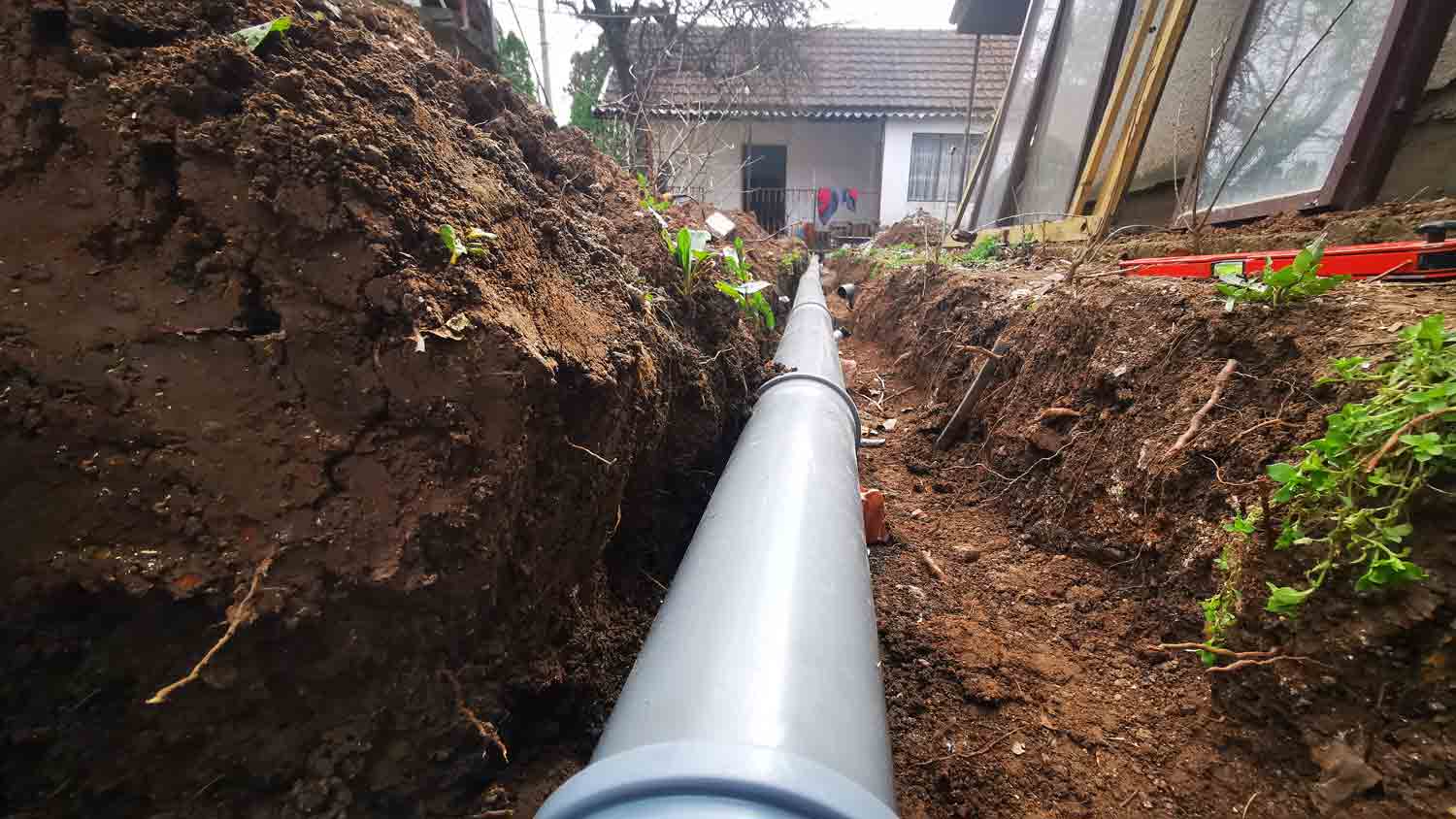
Railroad tie retaining wall costs can vary widely, so getting an accurate estimate for your needs is a good idea to set your budget appropriately.
Why your garden will fall into place with fall planting


Spring might be the prime growing season, but some plants require a little more patience. Some veggies, turf, and flowers are too sensitive to thrive during spring’s chilly nights and summer’s intense heat.
So, what should you hold off on planting? Here’s a list so you can create your own personalized garden calendar.

Spring can still see cold temperatures—and, depending on where you live, snow flurries. To protect your weather-sensitive plants, don’t put them in the ground until summer.
At the beginning of the season, plant tender hot-weather vegetables and flowers. This includes anything that needs warmer soil to thrive, such as:
Tomatoes
Peppers
Corn
Beans
Petunias
Marigold
If you seed in the spring (especially towards the end of the season), the summer heat can actually damage your new grass. Instead, wait until late summer or even early fall to seed your lawn. Plus, the seeds won’t be overrun with crabgrass or other types of weeds that pop up in summer.

You won’t want to wait until there’s a foot of snow on the ground, but there are benefits to planting as the temperatures begin to cool.
Trees and shrubs tend to be the largest plant investments you’ll make, so make sure they thrive after transplanting. Because plants stop investing energy into top growth when air temperatures cool down during the fall, they can instead focus on growing their roots.
To help plants like rhododendrons and azaleas thrive, ask a local landscaper to water them well until the ground freezes.
For a beautiful spring garden, get your bulbs in the ground once nighttime temperatures reach 50 degrees Fahrenheit. But don’t wait too long—ideally, you’ll plant these bulbs six weeks or more before the first hard frost.
Here’s what to plant:
Tulips
Daffodils
Hyacinths
Alliums
Crocuses
Fast-growing root vegetables, like turnips, beets, and radishes, will flourish in cool weather and mature in a couple of months. You can also plant ornamental kale, cabbage, onion, and garlic in the early fall.
Bright blooms aren’t only for spring! Fall gardens also bring the color, and these flowers need to go in the ground in early autumn. They’re able to tolerate frosty evenings, too—some can even handle temperatures as low as the mid-20s.
You’ll want to plant:
Pansies
Snapdragons
Dianthus
Lobelia
Cornflower
From average costs to expert advice, get all the answers you need to get your job done.

Railroad tie retaining wall costs can vary widely, so getting an accurate estimate for your needs is a good idea to set your budget appropriately.

Looking to step up your golf game without leaving your property? This guide details backyard putting green costs to help you decide if this project is worth it.

Leveling your yard can help with drainage and prevent damage to your home. Learn the cost to level a yard in Columbus, OH, and what factors can affect the price.

Learn how to remove juniper bushes, regardless of their size, in four simple steps to make room for other landscaping or eliminate an overgrown bush.

Regrading around your foundation can help prevent water damage to your home. Learn how to build up soil around the house foundation for better drainage.

Keep your yard from flooding by choosing the right piping and drainage. Learn what type of piping is used for the drainage system in a yard with this guide.